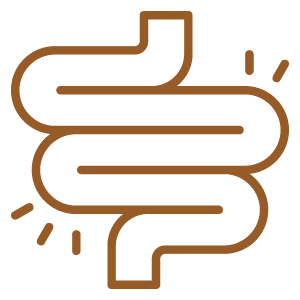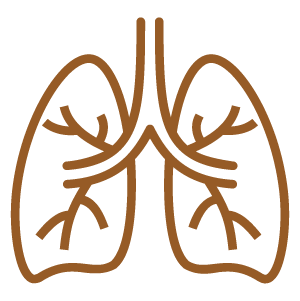Ahuja, K. D. K., Ball, M. J., & Robertson, I. K. (2006). Acute effects of chili on postprandial insulin and glucose concentrations in healthy subjects. American Journal of Clinical Nutrition, 84(1), 63-69. https://doi.org/10.1093/ajcn/84.1.63
Archuleta, M. M. (1995). Oleoresin capsicum: Toxicology evaluation and hazard review (SAND95-2129). Sandia National Laboratories. https://web.archive.org/web/20170809163012id_/http://prod.sandia.gov/techlib/access-control.cgi/1995/952129.pdf
Bernstein, J. E., Bickers, D. R., Dahl, M. V., & Roshal, J. Y. (1987). Treatment of chronic postherpetic neuralgia with topical capsaicin. Journal of the American Academy of Dermatology, 17(1), 93-96. https://doi.org/10.1016/s0190-9622(87)70178-9
Bhat, S. & Gulati, K. (2013). Pharmacological effects of Capsicum annuum in gastrointestinal disorders. Journal of Medicinal Food, 16(5), 473-484. https://doi.org/10.1089/jmf.2012.0189
Deal, C. L., Schnitzer, T. J., Lipstein, E., et al. (1991). Treatment of arthritis with topical capsaicin: a double-blind trial. Clinical Therapeutics, 13(3), 383-395. https://pubmed.ncbi.nlm.nih.gov/1954640/
Fuller, R. W., Dixon, C. M., & Barnes, P. J. (1985). Bronchoconstrictor response to inhaled capsaicin in humans. Journal of Applied Physiology, 58(4), 1080-1084. https://doi.org/10.1152/jappl.1985.58.4.1080
Gupta, P. J. (2007). Red hot chili consumption is harmful in patients operated for anal fissure: A randomized, double-blind, controlled study. Digestive Surgery, 24(5), 354-357. https://doi.org/10.1159/000107716
Hogaboam, C. M., & Wallace, J. L. (1991). Inhibition of platelet aggregation by capsaicin: An effect unrelated to actions on sensory afferent neurons. European Journal of Pharmacology, 202(1), 129-131. https://doi.org/10.1016/0014-2999(91)90267-t
Janssens, P. L., Hursel, R., & Westerterp-Plantenga, M. S. (2014). Capsaicin increases sensation of fullness in energy balance, and decreases desire to eat after dinner in negative energy balance. Appetite, 77, 44-49. https://doi.org/10.1016/j.appet.2014.02.018
Kuhn, M. A., & Winston, D. (2008). Herbal therapy & supplements (2nd ed.). Lippincott Williams & Wilkins.
McIntyre, A. (2019). The complete herbal tutor. Aeon.
Mills, S., & Bone, K. (2013). Principles and practice of phytotherapy (2nd ed.). Elsevier.
Pengelly, A. (2004). The Constituents of Medicinal Plants. CABI Publishing.
Qin, Y., Ran, L., Wang, J., et al. (2017). Capsaicin supplementation improved risk factors of coronary heart disease in individuals with low HDL-C levels. Nutrients, 9(9), 1037. https://doi.org/10.3390/nu9091037
Satyanarayana, M. N. (2006). Capsaicin and gastric ulcers. Critical Reviews in Food Science and Nutrition, 46(4), 275-328. https://doi.org/10.1080/1040-830491379236
Srinivasan, K. (2016). Biological activities of red pepper (Capsicum annuum) and its pungent principle capsaicin: A review. Critical Reviews in Food Science and Nutrition, 56(9), 1488-1500. https://doi.org/10.1080/10408398.2013.772090
Tandan, R., Lewis, G. A., Krusinski, P. B., Badger, G. B., & Fries, T. J. (1992). Topical capsaicin in painful diabetic neuropathy. Diabetes Care, 15(1), 8-14. https://doi.org/10.2337/diacare.15.1.8
Wang, J.-P., Hsu, M.-F., & Teng, C.-M. (1984). Antiplatelet effect of capsaicin. Thrombosis Research, 36(6), 497-507. https://doi.org/10.1016/0049-3848(84)90189-0












